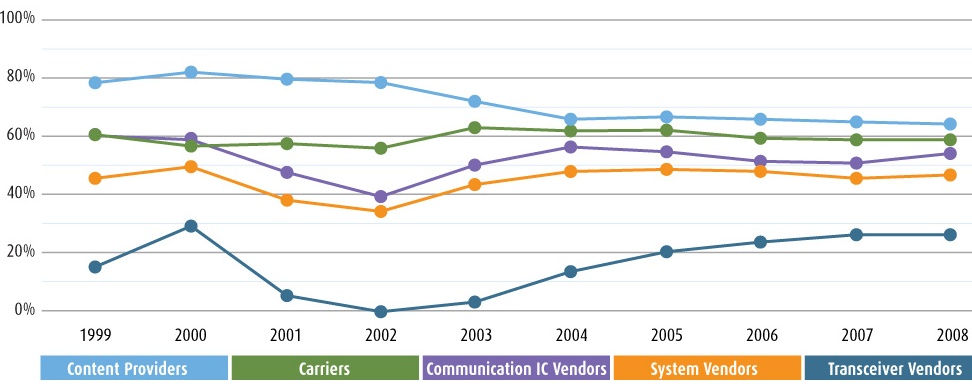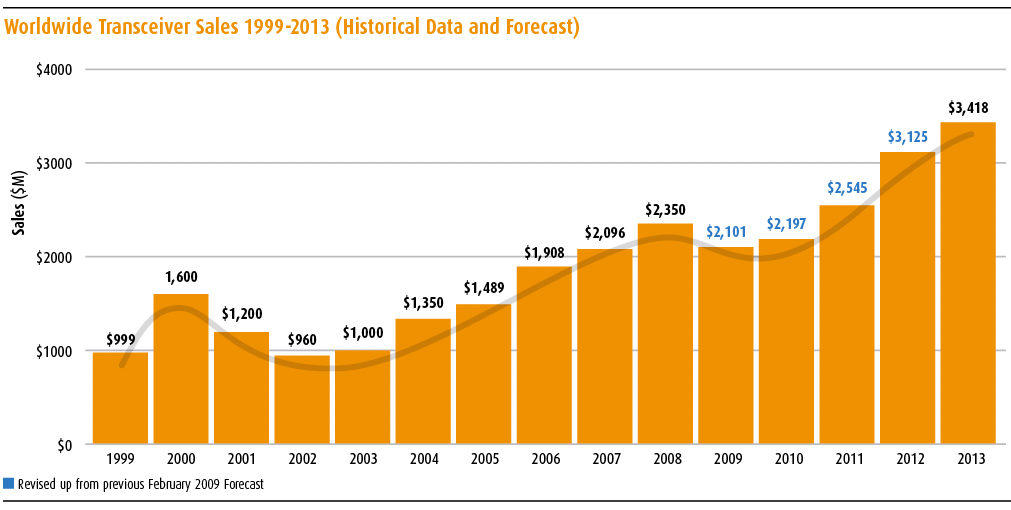OFC announcements and market trends
 Monday, April 11, 2011 at 10:57AM
Monday, April 11, 2011 at 10:57AM Avago Technologies, Finisar and Opnext spoke to Gazettabyte about market trends and their recent OFC/NFOEC announcements.
More compact transceiver designs at 10, 40 and 100 Gigabit, advancements in reconfigurable optical add-drop multiplexer (ROADM) technology and parallel optical engine developments were all in evidence at this year’s OFC/NFOEC show held in Los Angeles in March.
 “MSAs are designed by committee, and when you have a committee you throw away innovation and you throw away time-to-market”
“MSAs are designed by committee, and when you have a committee you throw away innovation and you throw away time-to-market”
Victor Krutul, Avago Technologies








